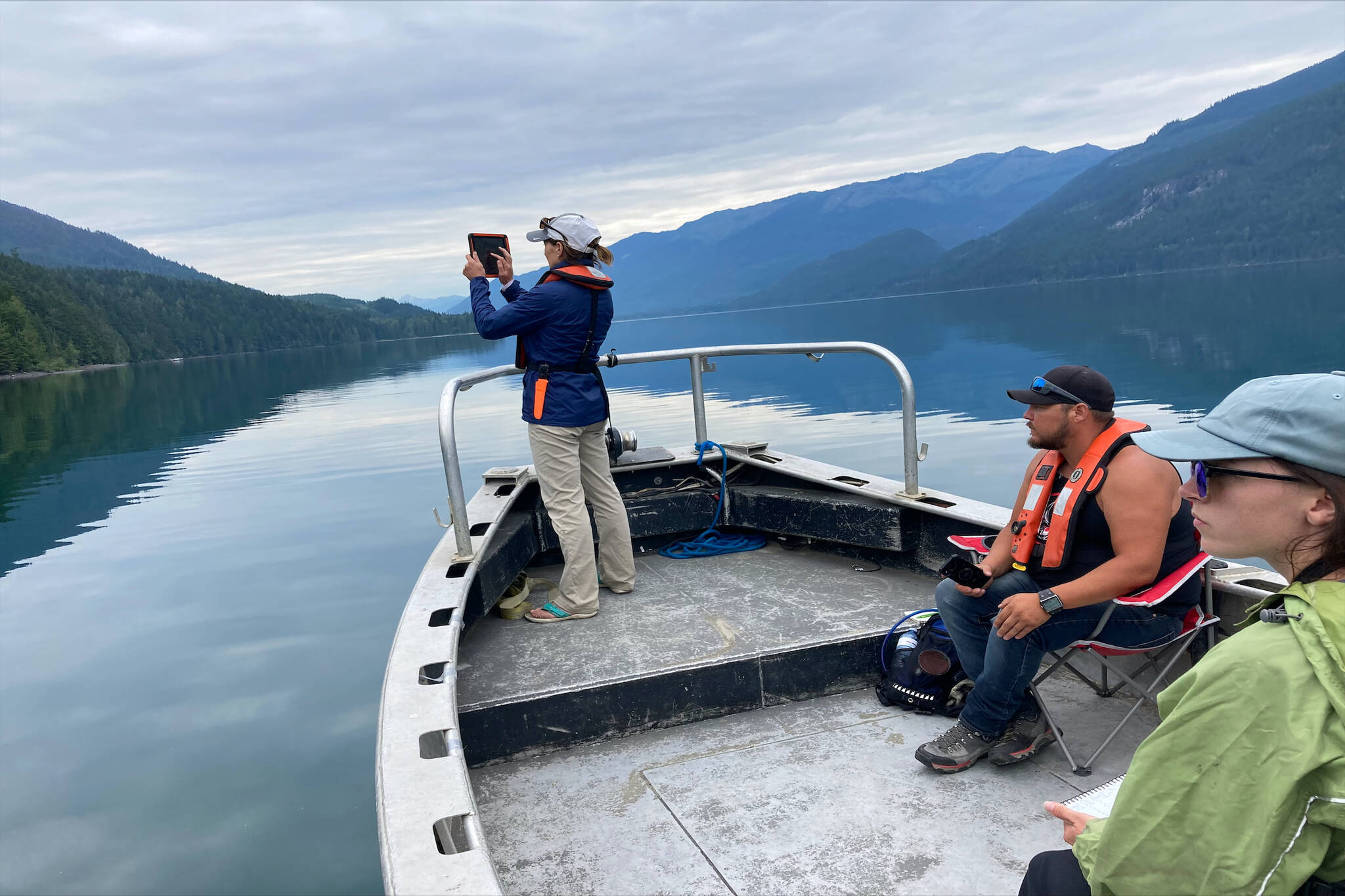by Rachael Lesosky
Local Journalism Initiative Reporter, Valley Voice
Taranis Resources Inc. has been waiting 15 months for a decision on its mining exploration permit application for its Thor project near Trout Lake northeast of Nakusp. The Canadian mining company believes that First Nation consultation with the Ktunaxa Nation is holding things up, and has filed a petition with the B.C. Supreme Court.
“We believe the government is unwilling to do its legal duty [to grant the permit] because of First Nation pressure,” said Taranis president and CEO John Gardiner in an Oct. 16 press release.
In the petition, Taranis asks the court to order the chief permitting officer to finally make a decision on the permit application. The company also asks the court to declare that Minister of Energy and Mines Josie Osbourne’s statement that First Nations are “the rightful owners of the land,” and her reference to a “Ktunaxa-declared moratorium” are contrary to law.
Osbourne referred to First Nations as “rightful owners of the land” in her statement in celebration of Mining Month this past May. In a letter to Taranis in June, she mentioned a “Ktunaxa-declared moratorium.”
In the court documents, Taranis says they have written to the minister to ask for clarification on these statements, but have not received a satisfactory response.
Another government move of concern to Taranis is the establishment of the Incomappleux Conservancy and Southern Incomappleux Designated Area, approximately 1.5 kilometres from the Thor project.
“This step … raises serious questions as to whether the government’s foot dragging in processing Taranis’ applications … is part of a broader agenda to prevent Taranis from advancing its mineral rights without proper consultation for expropriation,” says the court document.
On Nov. 1, the Ktunaxa Nation issued a press release in response to Taranis’ legal filing.
“[The court case] is trying to cut off constitutionally required consultation with the Ktunaxa First Nation of the Lower Kootenay Band and the Ktunaxa Nation Council and fast track a controversial new mining exploration project,” the press release says.
Taranis submitted the permit application in August 2022. The Lower Kootenay Band and the Ktunaxa Nation Council learned of the project in January 2023, and after a review submitted letters of non-support to the province in March and April. Four months later, in August, the province acknowledged the concerns and committed to further consultation.
The Ktunaxa Nation press release says the mine area is an ungulate winter range, and home to old-growth forests and at-risk species such as mountain caribou, grizzly bears, and whitebark pine. Its waterways host important fish species, including Gerrard rainbow trout, bull trout and kokanee salmon. Disruption of these values, and archaeological ones too, “translates to impacts to legally protected Ktunaxa rights.”
“It looks like Taranis wants to cut off our voice and ability to represent and protect our Indigenous title and rights…,” said Chief Jason Louie of the Lower Kootenay Band. “Taranis’ desire to fast track this project can’t trump our constitutionally protected Aboriginal rights. We are duty-bound to the Creator to ensure respectful stewardship of our homelands, and this is our focus.”
In the Taranis press release, Gardiner acknowledges that consideration of Indigenous rights is part of the Crown’s duty to consult, but points out that the Supreme Court of Canada has repeatedly ruled that First Nations do not have veto. “So government has to follow the law here.”
Louie, however, says consultation must include the possibility of denial, or it isn’t meaningful consultation. “And ‘No’ is a valid outcome of consultation.”
“We are not an anti-mining Nation, but some areas should remain undeveloped or require time to heal,” said Louie in the press release.
“Proponents are guests within our homelands – those who respect us, who are willing to accept that not all projects are meant to be developed, and who are willing to work with us and obtain our free, prior and informed consent, are the ones we would classify as ‘good guests,’ who we are willing to host. Proponents who do not meet these expectations will have challenges.”
Taranis has been working in the area for 16 years, and has drilled more than 250 exploratory holes. The Thor project, near the old Max molybdenum mine in Trout Lake, is made up of five small historic mines. It has 27 contiguous Crown Grant mining claims, and over 3,172 hectares of mineral tenure cells. These are all 100 per cent owned by Taranis.
Taranis believes this area hosts a unique type of copper called a Deep Apex Sediment Hosted (DASH) deposit. They say extensive study of the area and presence of a DASH molybdenum deposit in nearby Max Mine support the claim.

